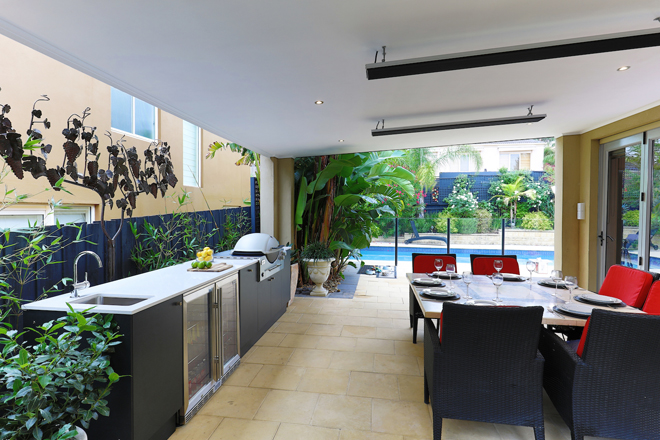Late summer is a bountiful time in edible gardens, so make the most of prolific crops by harvesting frequently and preserving excess. To enjoy the wide variety available, try bartering with other growers who have different produce
Vegetables
Cool & temperate
Continue to make the most of the cooler hours of the day to water and tend crops. Stay on top of pests, diseases and weeds by inspecting plants daily and dealing with any problems quickly. Feeding leafy vegies each week with a liquid organic plant food means they’ll continue to grow. As hot days continue, shade crops to prevent sun damage and to allow new plantings to establish. Seedlings are particularly vulnerable. Leafy crops, such as lettuce and parsley, may bolt (that is begin to flower and seed) if allowed to dry out. Pull out spent crops or those that are hard hit by fungal diseases. Hunt out and squash 28-spotted ladybirds and pumpkin beetles that may be skeletonising leaves on pumpkins, zucchini and squash.
Note: The common spotted ladybird, a gardener’s friend, is bright orange with black dots on its back. They’re voracious predators of aphids, scale insects and mites. The pest variety is easy to identify: they are a light orange colour and have 28 spots.
Tropical
Regularly remove spent crops or those that are badly affected by diseases, such as powdery mildew, but don’t put diseased material into compost heaps; it can be buried instead. Continue to renew fruit-fly baits by mixing up fresh material and remove any fruit-fly-affected fruit. Destroy the larvae in infected fruit by placing the fruit in a clear plastic bag and leaving it to stew for a few days in the sun. It can then be buried. Liquid-feed leafy crops so they are encouraged to keep growing. Plant cherry tomatoes for an autumn harvest.
Fruit
Cool & temperate
Continue to maintain fruit-fly protection (see above for details on disposing of fruit-fly-affected fruit) and also check nets that are protecting crops. Remove and carefully store these nets after fruit is harvested. Lightly prune trees after harvest. Feed citrus trees now using a citrus food or organic fertiliser. Where areas are dry and water is limited, grey water can be used to water around fruit trees only (not edibles), but don’t store untreated greywater for longer than 24 hours.
Tropical
Fertilise all citrus trees using an organic plant food formulated for citrus. Also feed other productive plants not already fed this summer, including passionfruit and pawpaw. Continue to bottle, freeze or dry excess crops and to collect and dispose of spoiled fruits. Poultry can help clean up fallen fruits and reduce pest problems, so allow them to free-range around fruiting plants, but keep them out of the vegie garden.
Compost & soil
Cool & temperate
If soils have become difficult to wet, the safest and best water storage aid is to dig in aged animal manures. Once soil is moistened, cover lightly with a fine layer of compost topped with a layer of coarse organic mulch. Don’t mulch too heavily as this can stop moisture from reaching the soil; a 5cm layer is sufficient. Turn compost heaps to keep them working efficiently.
Tropical
This is the time to improve the moisture-holding ability of your soil by adding organic mulch such as compost. Dig it into new areas in preparation for planting and also add it as surface mulch and let the earthworms do the work. Chop up green and woody material before adding it to the compost to help it break down faster.
By Jennifer Stackhouse


